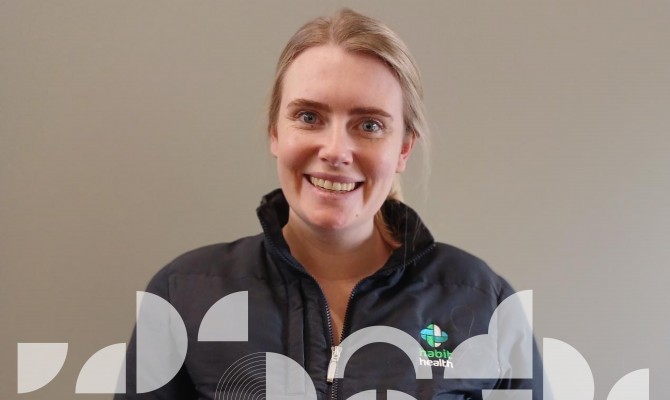What Is Occupational Health?
29 Jul 2025
29 Jul 2025

In New Zealand, employers carry the main responsibility for creating a safe and healthy workplace. The law calls this group the PCBU, or Person Conducting a Business or Undertaking.
This means taking reasonable steps to:
The goal is to prevent harm rather than just respond after something goes wrong.
Good health and safety culture starts with leadership. Team leads and supervisors are often the first to notice when someone’s not feeling right or something isn’t working as it should.
You don’t need to be a safety expert. But being consistent, approachable, and encouraging your team to speak up makes a huge difference.
Health and safety only works when everyone gets involved. Every worker plays a role in keeping the environment safe and taking care of their own health and safety, including:
Even small things like a tight shoulder or dizziness at work matter. Speaking up early is one of the best ways to prevent bigger issues later on.
At Habit Health, we work alongside businesses to make health and safety practical and people-focused.
That might look like:
We’re not here to create more paperwork. We’re here to help people feel good, stay safe, and keep doing the work they enjoy.
Creating a safe workplace doesn’t rest on one person’s shoulders. It works best when employers, leaders, workers, and health professionals are all doing their part.
When that happens, you don’t just see fewer injuries. You see better morale, more trust, and teams that know they’re being looked after.
Create a healthier, safer workplace. Enquire about occupational health services with the team at Habit Health.